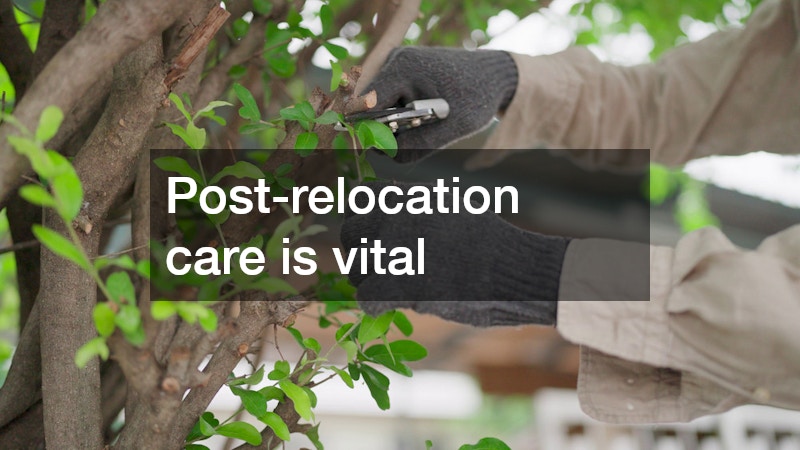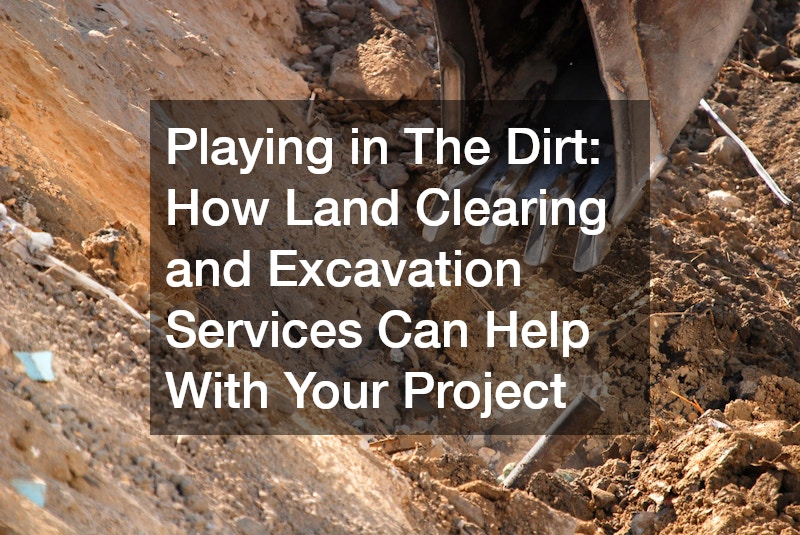When faced with the decision of what to do with a problematic tree on your property, homeowners are often torn between relocating or completely removing the tree. The choice can be daunting and fueled by various factors, including ecological impact, personal attachment, and practical concerns. In many cases, this decision can also have long-term implications for property value and neighborhood aesthetics. Additionally, local regulations or HOA guidelines may influence what options are available to you. A tree service specialist can provide the guidance necessary to make an informed decision.
What Factors Should Influence the Decision to Relocate or Remove a Tree?
Deciding the fate of a tree on your property involves many considerations. One of the primary factors to consider is the health of the tree itself.
If the tree is diseased or poses a risk to your property or safety, removal might be the most logical solution. However, if the tree is healthy and simply inconveniently located, relocation could preserve its benefits while solving space or layout issues on your property.
Environmental factors are crucial in this decision-making process. Trees provide numerous ecological benefits, including carbon sequestration, wildlife habitat, and soil stabilization. Understanding the ecological role your tree plays can clarify whether its removal or relocation aligns with environmental stewardship principles. Engaging a local tree service can help assess the tree’s ecological value.
Personal attachments and property aesthetics also weigh heavily in the decision to remove or relocate a tree. A tree might hold sentimental value or play a key role in landscape design. Weighing these personal considerations against practical issues, such as the cost of relocation or the increased space removal, might help determine the most suitable course of action.
How is the Process of Tree Relocation Conducted?
Tree relocation must be handled with care and expertise to ensure the tree’s survival and continued growth. The process begins with a thorough assessment by a tree service professional who evaluates the tree’s health, soil condition, root system, and the suitability of the new location. This initial evaluation is crucial to avoid transplant shock and ensure the tree can thrive after being moved.
Once the assessment is complete, the physical relocation process begins. This involves carefully excavating around the tree to preserve as much of the root system as possible. Specialized equipment may be used to lift and transport the tree to its new home, where it will be replanted with equal care. The use of proper techniques and tools during this phase is essential to prevent damage to the tree.
Post-relocation care is vital to the success of tree transplantation. This includes regular watering, mulching, and monitoring for signs of stress or disease. The tree service often provides guidelines for ongoing care to ensure that the tree establishes itself successfully in its new environment. The relocation process highlights the importance of professional assistance at every stage to safeguard the tree’s health.
What are the Considerations and Benefits of Tree Removal?
Tree removal is a significant decision that should not be taken lightly, but it offers several benefits, especially when safety is a concern. If a tree is dead, diseased, or poses a threat to structures or utility lines, removal might be necessary to prevent property damage or personal injury. In these cases, the benefits of tree service removal clearly outweigh the potential drawbacks.
The removal of a tree can also have aesthetic and practical advantages. Clearing space can enhance your property’s landscape, allowing for new design opportunities or expansions such as patios and gardens. Removing a problematic tree can reduce yard maintenance and improve the overall health of your landscape by eliminating competition for resources among remaining plants.
Finally, tree removal can contribute to disease management and pest control. If issues such as infestations or infections spread, a diseased tree can pose a risk to nearby healthy trees. Prompt removal of an affected tree can be a proactive step in protecting the surrounding vegetation and maintaining the ecological balance of the property.
Deciding whether to relocate or remove a tree involves several complex factors. Engaging a tree service specialist can provide clarity, ensuring that actions taken are sustainable, legal, and in line with personal and environmental needs. Ultimately, the goal is to maintain safety, protect the environment, and enhance property value.



